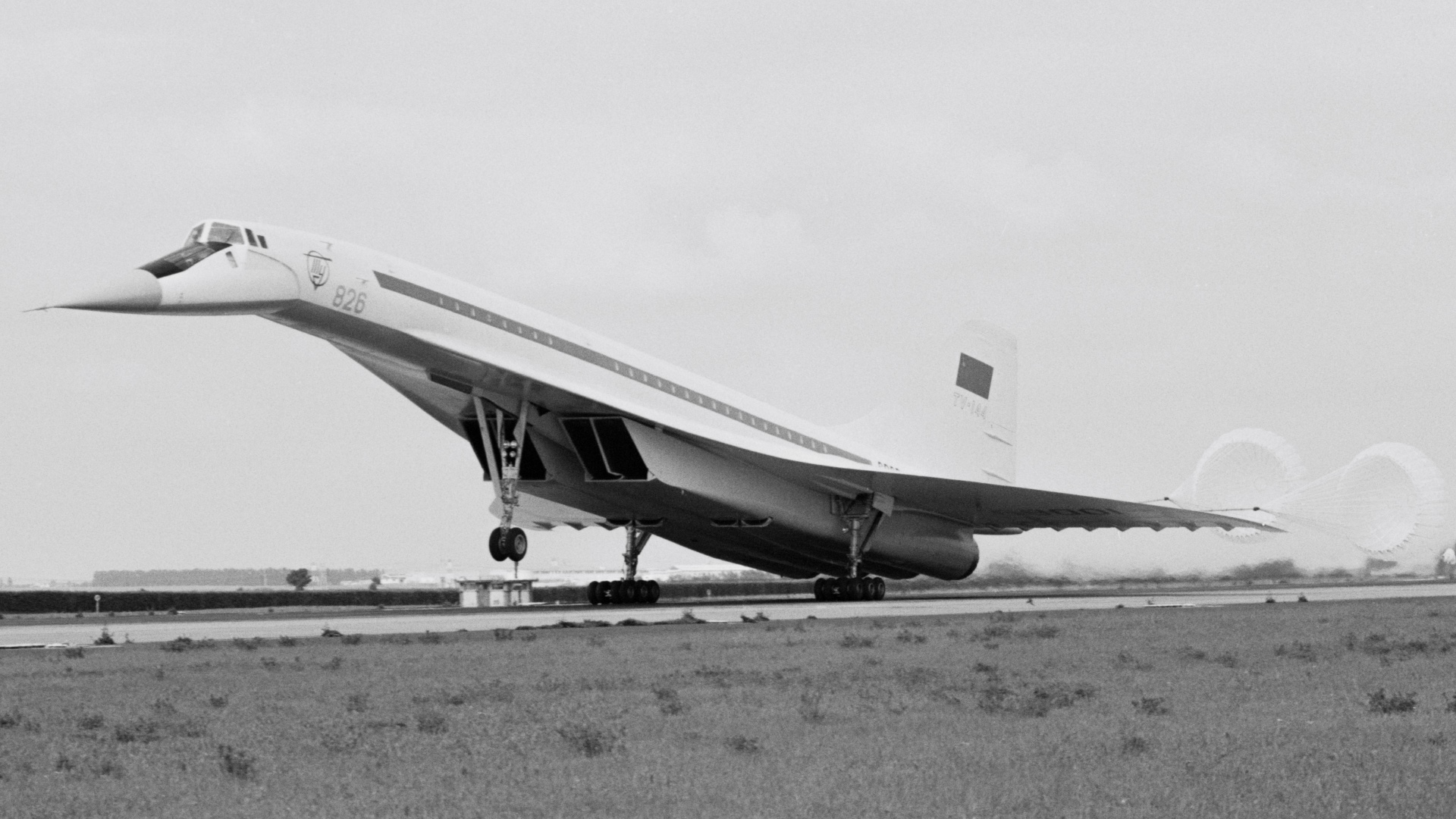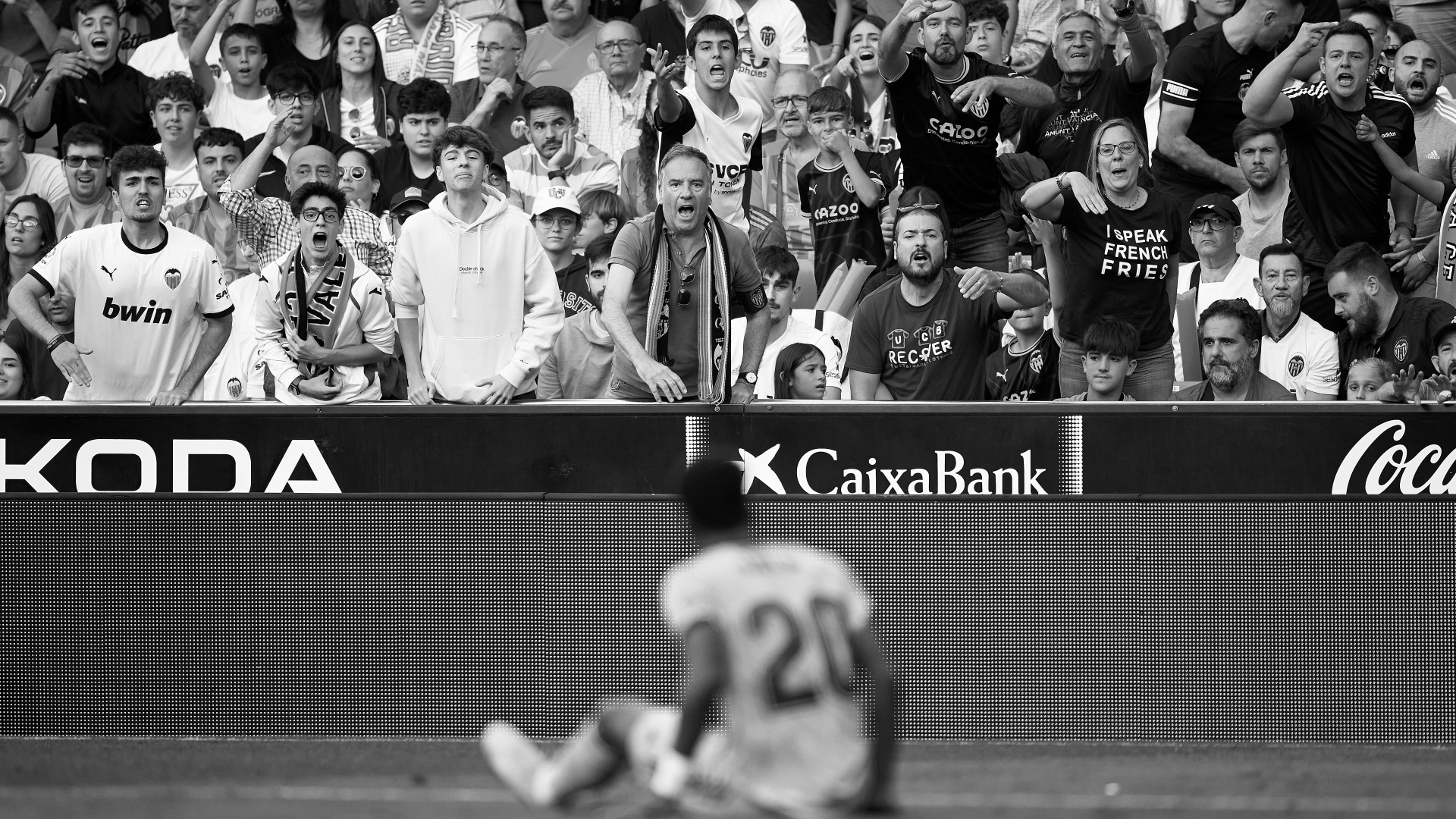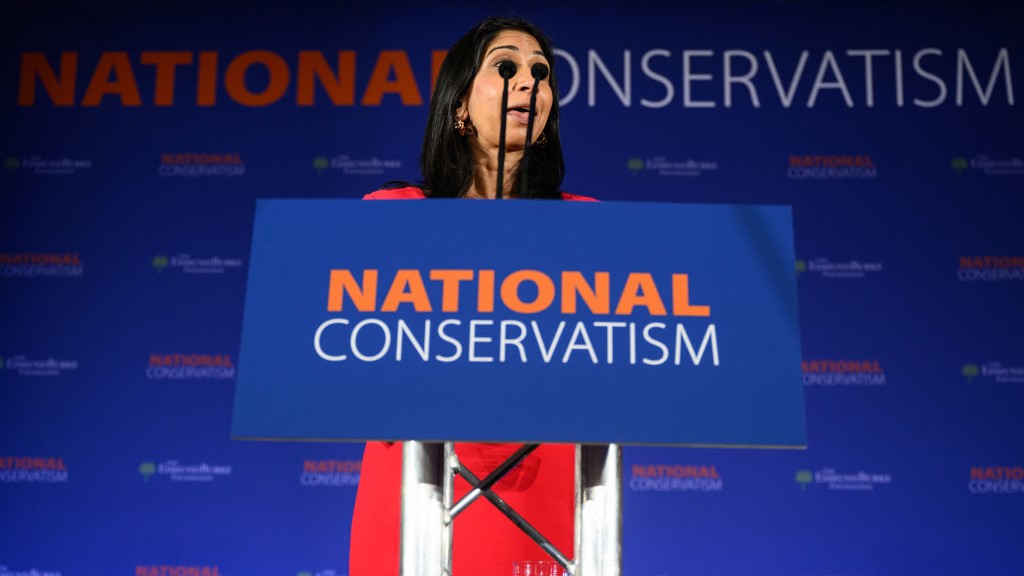‘Just wait until you see us fly, then you’ll see something,” boasted the Soviet pilot Mikhail Kozlov to his French rival, Jean Franchi, at the 1973 Paris Airshow. The pair would soon separately take to the sky in a bid to wow the 350,000-strong crowd, Kozlov in the supersonic passenger jet Tupolev Tu-144, Franchi in the rival Anglo-French Concorde.
Within hours, Kozlov and his five crewmates were dead, their plane having broken apart in mid-air. The disaster also killed eight people on the ground and any chance the Tu-144 had of a future outside the Soviet Union.
The Tu-144 was a child of the cold war, when east and west raced to be first into space, first to the moon, and even to see who could dig deepest into the Earth’s crust. When the Soviet premier, Nikita Khrushchev, learned of plans to build Concorde, he demanded aeronautics expert Aleksey Tupolev produce a rival that would fly faster and take to the air sooner.
“The whole outlook of the Soviet leadership was to show that their system was more advanced and more productive than the west,” said Ilya Grinberg, a professor of electrical engineering at Buffalo State University and an expert in Soviet-era aviation. “They always needed to be the first, no matter what the cost.”
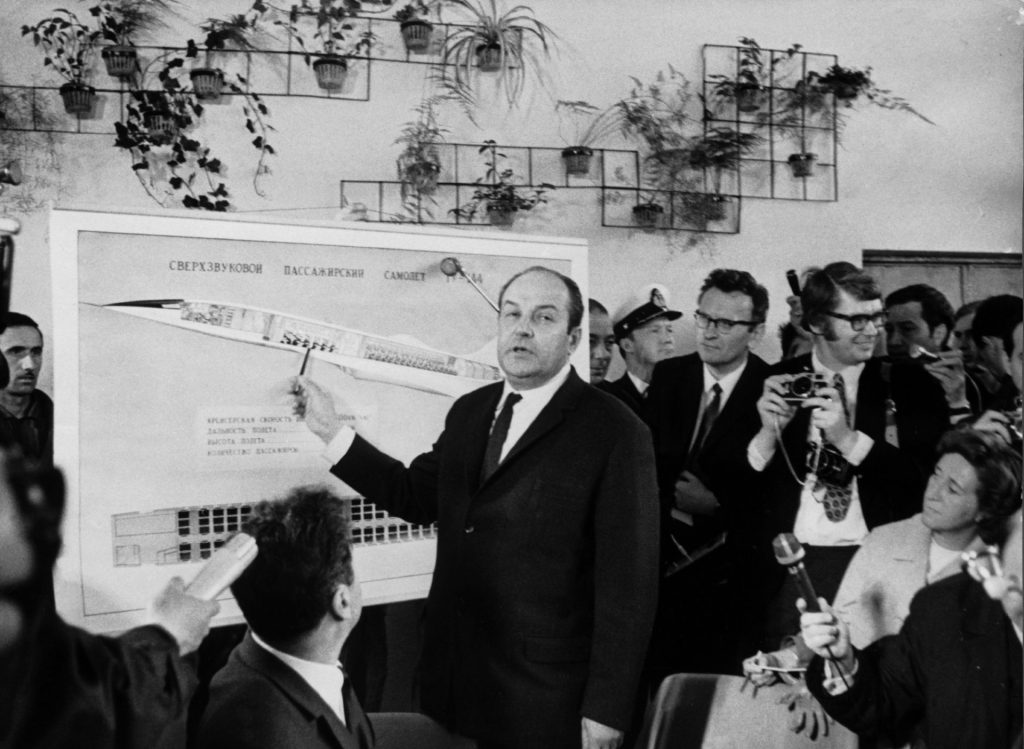
The project team often worked 48-hour shifts, but this single-minded determination paid off. On December 31 1968, the Tupolev Tu-144 made its maiden flight, two months before its rival. There was no fanfare beforehand, the secrecy allowing the Soviets to deny the flight had taken place had it gone wrong. Still, unfounded rumours spread in the west that the plane had crash-landed, driving the undercarriage through the wings and killing the crew.
In July of the following year, the Tu-144 also made its first supersonic flight, three months ahead of its rival. The Tupolev flew at Mach 2 first, too. “I was fairly young,” said Grinberg, who grew up in what is now Ukraine. “They made an announcement on the radio, and it was like ‘wow, that’s another achievement’. I felt pride, especially being a young boy.”
When the Tu-144 went on display at the 1971 Paris Airshow, its similarities with Concorde were clear for all to see: the symmetrical triangular delta wings, the long, rectangular engine boxes, the dart-shaped nose that drooped when the plane was on the ground, the large tail fin devoid of the usual horizontal stabilisers.
The British press derisorily labelled the Soviet plane “Concordski”, accusing the Soviets of industrial espionage. Yet the reality was that there were not many ways to design an airliner to achieve supersonic flight. “You’re going to end up with a Delta-wing aeroplane, so there’s no need to copy because that’s the only configuration that would work,” said Jock Lowe, who flew Concorde for 26 years, becoming British Airways’ chief pilot.
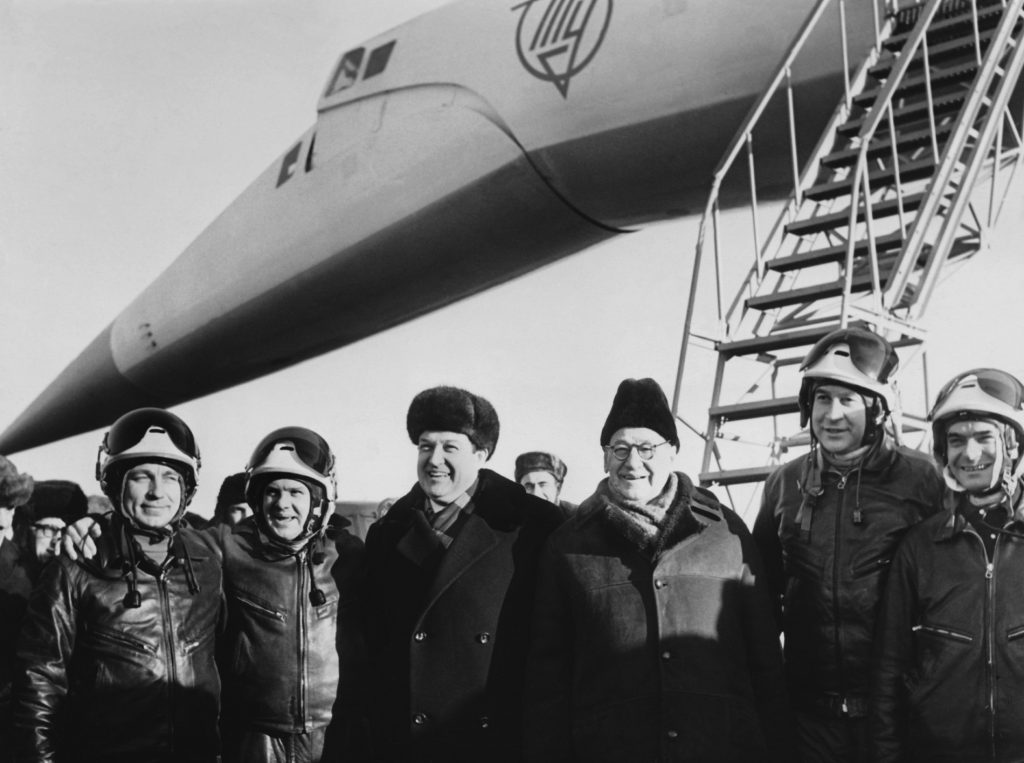
Despite the cosmetic similarities, there were also substantial differences, from the materials of construction to the location of the undercarriage and the engines. The Tu-144 also had two retractable canards behind the flight deck, which provided extra lift and greater stability at low speeds and needed to deploy parachutes on landing to slow down. “If they did copy it, they didn’t do a very good job,” Lowe said.
Yet it was the Tupolev that wowed the crowd at Le Bourget airport. The French president, Georges Pompidou, called it “a beautiful plane”, before adding, almost as an afterthought, “but the Concorde, too, is a beautiful plane.”
Two years later, the rival aircraft met again at the Paris Airshow. By then, the Tupolev had been refined. The wings given more curve, the fuselage lengthened, the engines moved away from its centre, like Concorde’s.
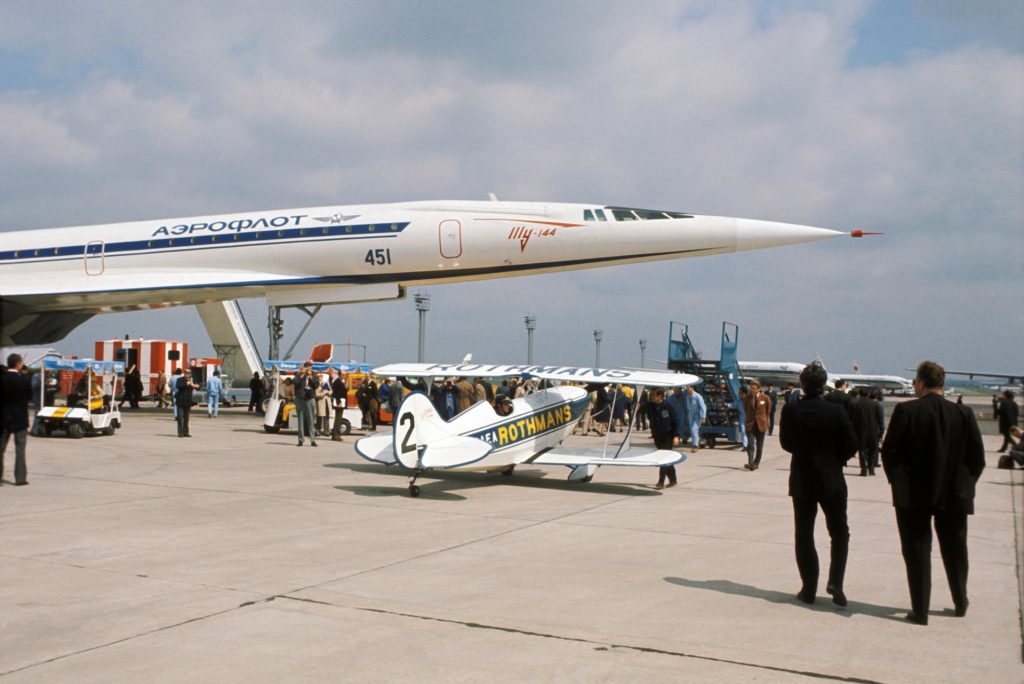
Their showdown came on the final day, June 3, with Concorde going first. The French pilot, Franchi, ended his flawless but conservative 10-minute display with a fast pass in front of the spectators, before making a sharp “zoom climb” up to 10,000 feet.
Kozlov, staying true to his word, was more audacious. He brought his plane in for a “touch and go” landing, the wheels barely brushing the runway before he pulled up even steeper than Franchi, afterburners flaming.
Suddenly, the plane pitched into a steep dive. A second later, the left wing tore off, then the tail. As the airframe disintegrated, fuel spilled out, causing an explosion. Wreckage rained down on the village of Goussainville, destroying 15 houses. Of the eight victims on the ground, three were children. Sixty others were injured.
Initially, many watching formed the opinion that Kozlov made the dive in a desperate attempt to restart engines that had flared out during his over-ambitious climb. Others claimed that a French Mirage jet trying to take photographs of the Tu-144 forced Kozlov to take catastrophic evasive manoeuvres.
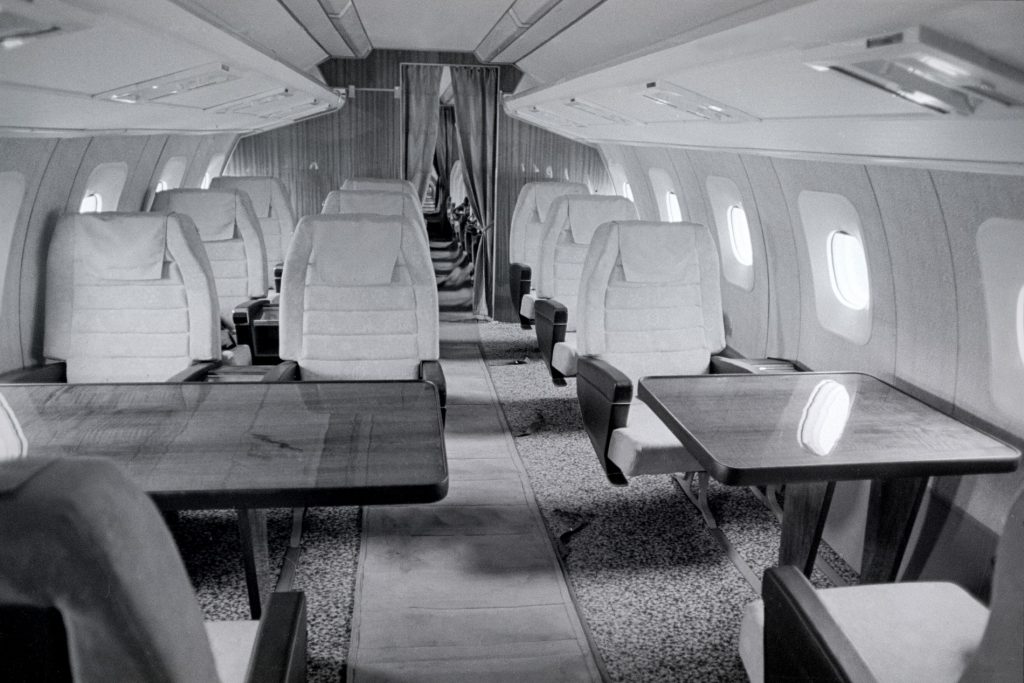
The official explanation was pilot error. However, the full French-Soviet investigation report was never released. The tragedy remained shrouded in controversy, some believing that in exchange for Soviet cooperation in covering up the involvement of the Mirage, the French investigators agreed not to criticise the Tu-144’s design or engineering.
Grinberg is sceptical. “They wanted to fly more aggressively, to give a better show so people would say ‘Tupolev can fly better than Concorde’. This was the most likely reason I would say, not the Mirage.”
However, he does not believe the crash was the result of poor design. “I don’t think there was a fault in any element of construction. Ordinary passenger planes are not designed for aerobatics or the fancy manoeuvres of fighter jets, especially not on such a large frame.”
In the immediate aftermath, the British and French authorities were quick to distance themselves from their rival. “We have not been working together on the two,” said Britain’s aerospace minister, Michael Heseltine. But there was also huge sympathy for their Soviet counterparts. “The west was sad, because it’s never good to see anybody’s great project have a major setback, and of course people died,” said Lowe. “It wasn’t a feeling of ‘well that’s taken a weight off our shoulders’.”
Tupolev’s crash did, however, add to the growing uncertainty about supersonic flight, which was being called into question for a raft of reasons, including concerns about the cost, the environmental impact and noise pollution – both at airports and from the mid-flight sonic boom. The emergence of the Boeing 747, which could carry more passengers on longer non-stop flights at a lower cost, added to the pressure. By the time Concorde made its maiden passenger flight in January 1976, only Air France and British Airways, both owned by the respective governments who had underwritten the plane’s development costs, had taken up their orders.
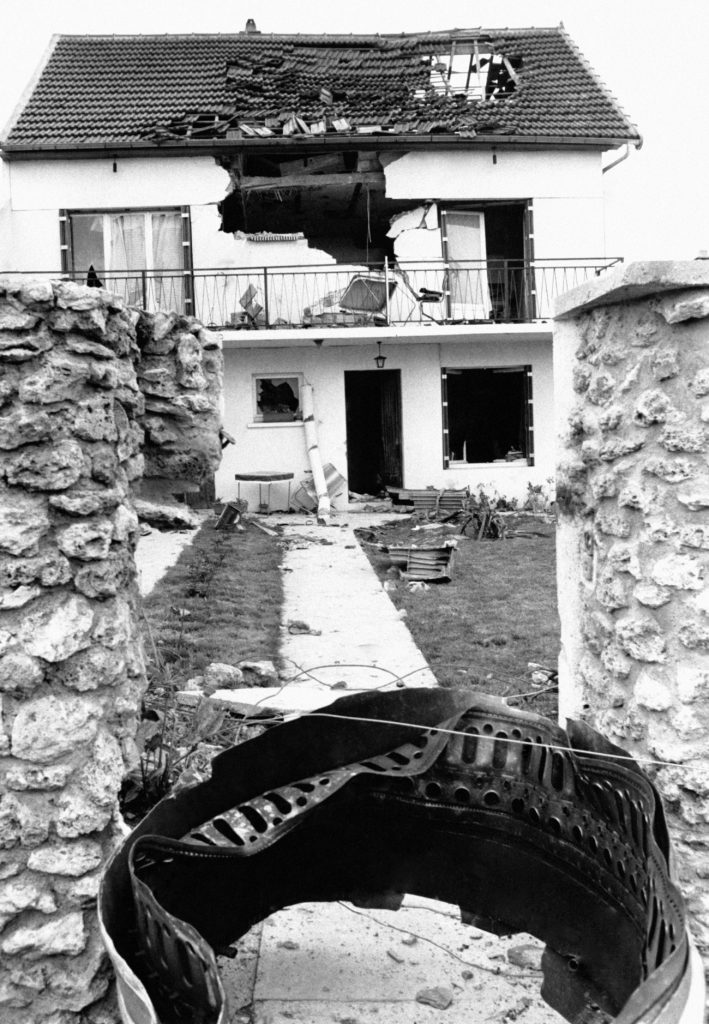
It was a similar story for the Tu-144. The Paris crash delayed the plane’s commercial operations for four years but when it made its first commercial flight in 1977, the Soviet national carrier, Aeroflot, was the only airline in the market. Even Aeroflot was a reluctant owner.
“It’s one thing to design something unique,” said Grinberg, “but then to deploy it commercially and sustain its commercial operations, and sustain safety, and ensure service, maintenance, training of people. Can you imagine the efforts to do that? Can you imagine the efforts to modernise the airfields that had only just transitioned to jets from propeller aircraft?”
Over the next year, the Tu-144 flew just 102 commercial flights, all on the sparsely populated route between Moscow and Alma-Ata, now Almaty, the then-capital of Kazakhstan. Only 55 carried passengers, with an average of just 58 per flight, partly because Aeroflot wanted to ensure low casualty numbers if there was a fatal accident. The remainder just carried post and the necessary crew members.
While a flight on Concorde was the epitome of western glamour, a flight on the Tupolev was an altogether much less luxurious affair. The deafening noise caused by the engines, which needed to keep their afterburners on to cruise at supersonic speed, and the air-conditioning units required to cool the cabin meant that passengers had to communicate via written notes. Window shades dropped down at random, service trays stuck, toilets didn’t work.
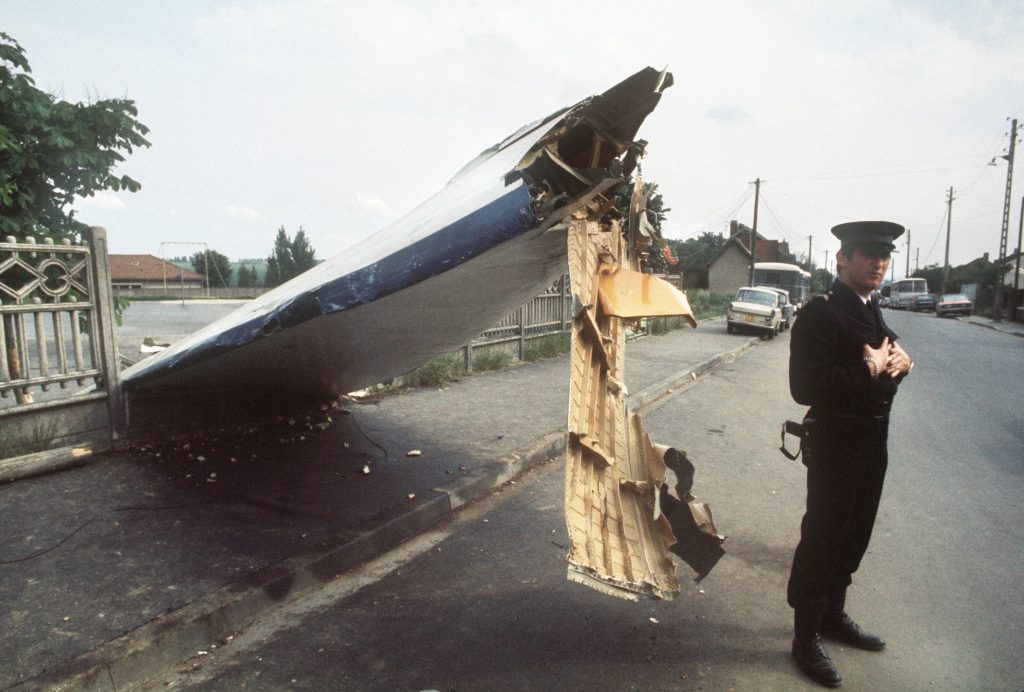
The Tu-144 was also shockingly unreliable. It suffered more than 226 flight issues, 80 of which happened in the air and eight of which forced flights to be cancelled. These included engine failure and sudden depressurisation. Alarms would often be triggered for no apparent reason. In 1978, a fire forced an emergency landing in which two people died, and all passenger flights were stopped. Concordski was finally grounded for good in 1984.
Nineteen years later, Concorde was also withdrawn from service. Like its rival, it was increasingly seen as an economically unviable anachronism in the age of the Jumbo Jet and package holidays. Confidence was also lost when, in July 2000, an Air France Concorde suffered a catastrophic fire during take-off, killing all 109 people on board and four on the ground. The tragedy occurred at Paris Charles de Gaulle airport, just six kilometres from where the doomed Tu-144 had crashed.

